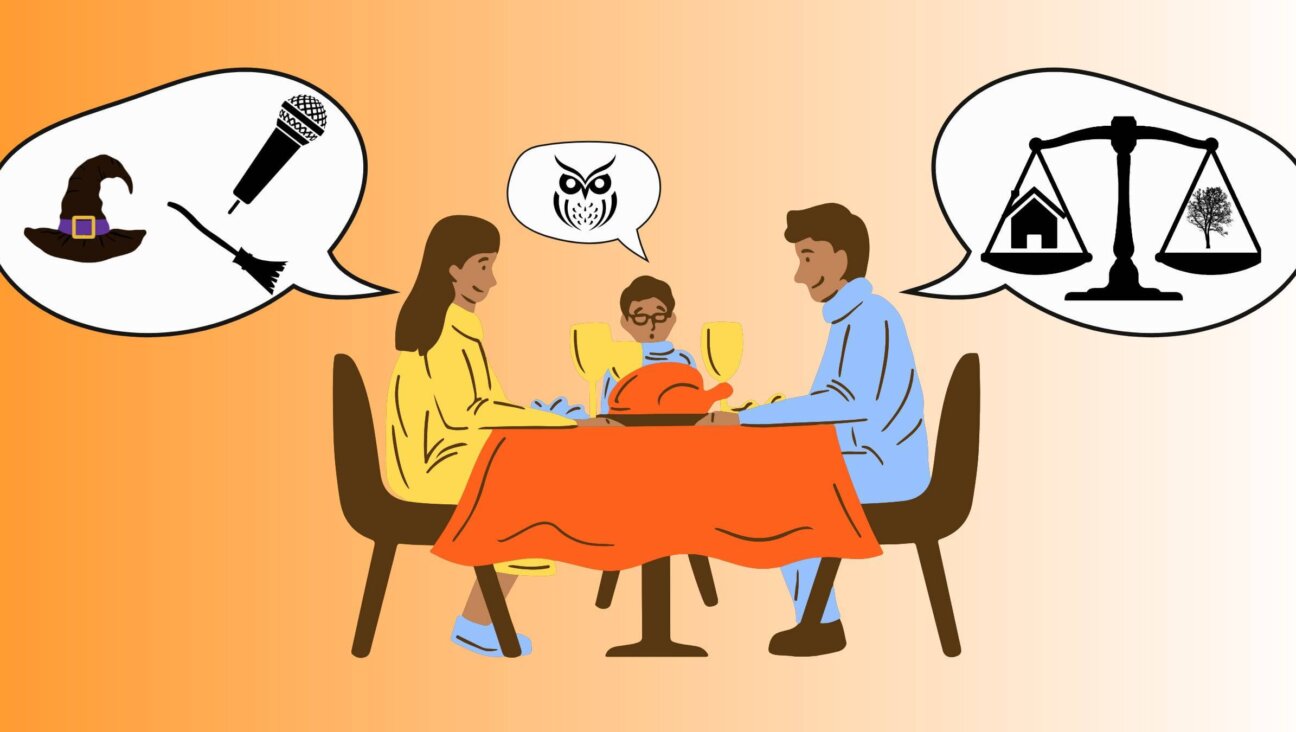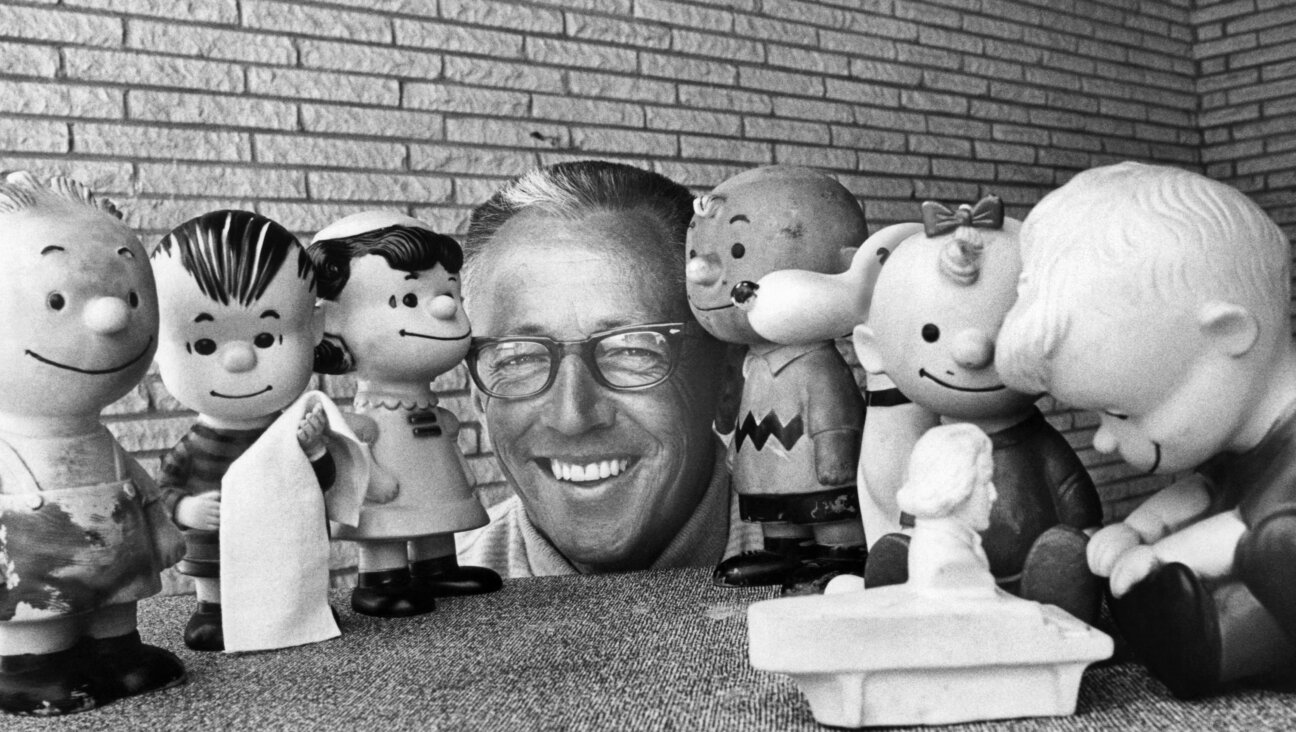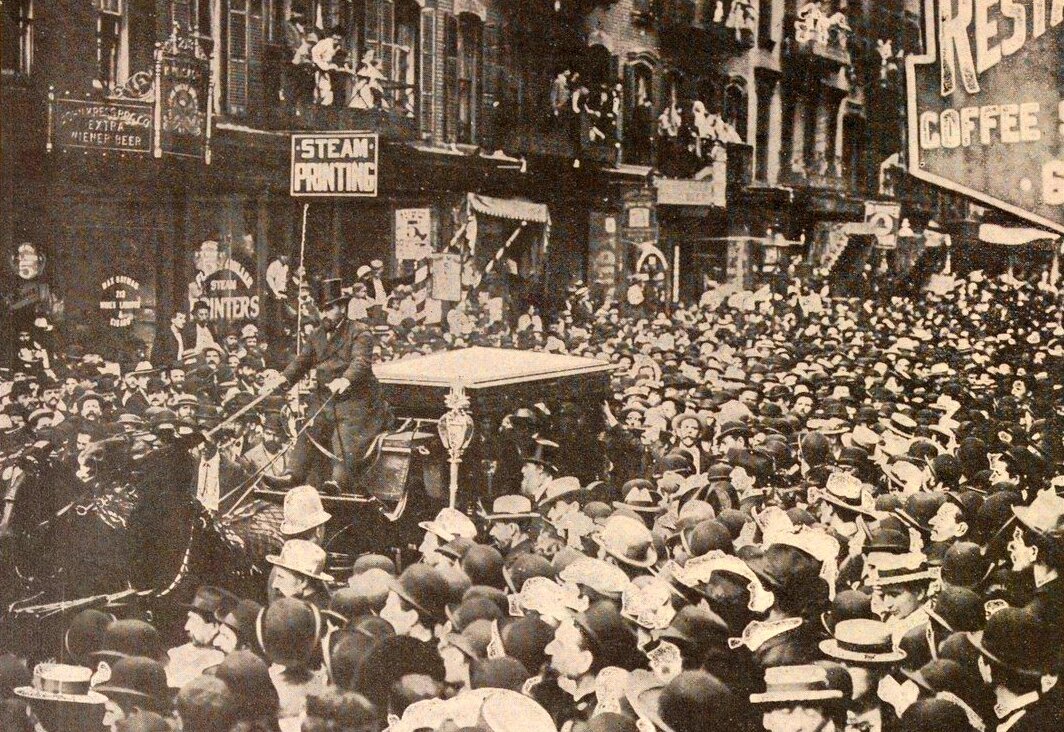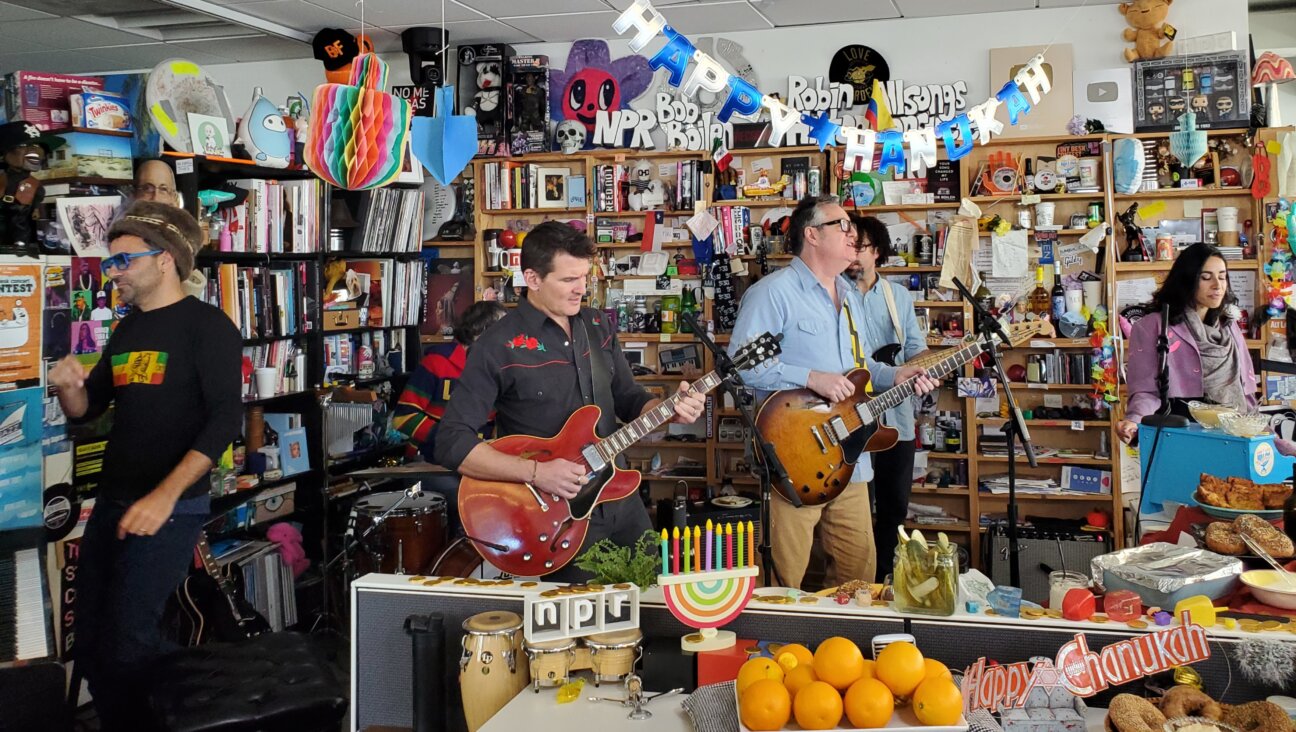Gershwin’s American ‘Rhapsody’
Once upon a time, Harry Von Tilzer, Irving Berlin, Sophie Tucker, Sid Caesar, Al Jolson, Fanny Brice, Billy Rose, Marcus Loew and “Mr. Television” himself, Milton Berle, were the reigning kings and queens of American popular culture. The sons and daughters of Jewish immigrants or, in many instances, recent immigrants themselves, they changed the way Americans laughed, danced and pursued pleasure.
Moving from the margins to the very center of American life, these American Jewish songwriters and songbirds, impresarios, entertainers and filmmakers impressed themselves on the nation’s collective imagination. “The spectacle of Jolson’s vitality had the same quality as the impression I got from the New York skyline,” Gilbert Seldes related in his classic account of cultural criticism, “The Seven Lively Arts” (1924), referring, of course, to Jolson, the hyperkinetic vaudevillian turned Hollywood star. “One had forgotten that there still existed in the world a force so boundless, an exaltation so high and that anyone could still storm Heaven with laughter and tears.”
Down on earth, thousands of ordinary Americans felt the same way about George Gershwin and his music. When, in February 1924, Gershwin’s jazz-inflected “Rhapsody in Blue” made its debut in New York at Aeolian Hall as part of a concert of American music, the audience could not contain itself. Rapturous applause greeted the piece, as well as its composer. “It seemed as if the people would never let us go,” recalled Paul Whiteman, the self-styled “King of Jazz,” who conducted. “We played all the encores we knew, and still they applauded.” “Rhapsody in Blue,” explained music critic Samuel Chotzinoff, writing a review of the concert in the New York World, “set everybody by the ears and gave to the future of American music an unexpected twist.” His New York Times colleague, Olin Downes, made the case for Gershwin’s music more strongly still. It is “fresh and new and full of future promise,” he wrote, adding that Gershwin represented a “new talent finding its voice and likely to say something personally and racially important to the world.”
What Downes meant by “racially important” is anyone’s guess: Historians have spilled a lot of ink trying to decide whether he was referring to Gershwin’s Jewish background or to his embrace of jazz, whose “hustling, palpitating rhythm” was associated with black musicians or, for that matter, to the alleged affinity between American Jew and African American, an affinity whose form was as much cultural as it was musical.
What is clear, however, is that Downes’s observation was very much of a piece with contemporary discourse about jazz, much of which concerned itself with whether jazz and those who championed it were truly American. “I wish to protest against the statement so frequently made that jazz is typically American music, wrote John W. Worth of New York City to the editor of The New York Times in December 1924. “As a matter of fact, such is not the case at all. Jazz is the Hebrew interpretation of African and Eastern rhythms.” It brings to mind the “African jungle [and] the bazaars of the East.” Warming to his topic, Worth went on to question whether there was anything at all in jazz “suggestive of the great open spaces of America or of the fine spirit that dominates our country.” From where he sat, the answer was a resounding “no.” Jazz, he firmly believed (and in this he was hardly alone), had nothing to do with America per se and everything to do with those who sat on its margins: African Americans and American Jews or what the National Federation of Women’s Clubs called “infidel foreigners and lowdown blacks.”
Gershwin saw things differently and rejected out of hand the notion that jazz was an aberrant, un-American form of musical expression. Taking to print as well as to the piano, to periodicals as varied as Theatre Magazine, Singing and the American Hebrew, he sought, measure by measure, to make the case that jazz was as American as apple pie. “Rhapsody in Blue,” Gershwin explained, was nothing less than a “musical kaleidoscope of America, of our vast melting pot,” while jazz, in turn, was the “voice of the American soul.” “I do not assert that the American soul is Negroid,” he wrote in 1926. “But it is a combination that includes the wail, the whine, and the exultant note of the old ‘mammy’ songs of the South. It is black and white. It is all colors and all souls unified in the great melting pot of the world.” And lest someone, like Worth or the women of the National Federation of Women’s Cl ubs, gets the wrong impression and mistakes the melting pot for a wrongheaded exercise in racial or ethnic politics rather than a celebration of America, Gershwin summed it up concisely and in moving terms: “My people are Americans. My time is today.”
A message from our CEO & publisher Rachel Fishman Feddersen

I hope you appreciated this article. Before you go, I’d like to ask you to please support the Forward’s award-winning, nonprofit journalism during this critical time.
We’ve set a goal to raise $260,000 by December 31. That’s an ambitious goal, but one that will give us the resources we need to invest in the high quality news, opinion, analysis and cultural coverage that isn’t available anywhere else.
If you feel inspired to make an impact, now is the time to give something back. Join us as a member at your most generous level.
— Rachel Fishman Feddersen, Publisher and CEO





















